The advent of ML based computer vision approaches has made it easier for people to exploit the value of video data. It allows you to get what you want without spending much time and effort analyzing video clips. Next, let’s enter the world of video recognition to understand what it is and how it works. We have also collected 6 powerful video recognition software in this article for you. You can use them to get the desired data information.
What is Video Recognition?
Video recognition is a machine’s ability to get, process, and analyze data from a visual source (video). Simply put, it allows the machine to “see” the video and “understand” the information it receives frame by frame. It allows us to analyze video data about the behavior of target objects, vehicles, and other things.
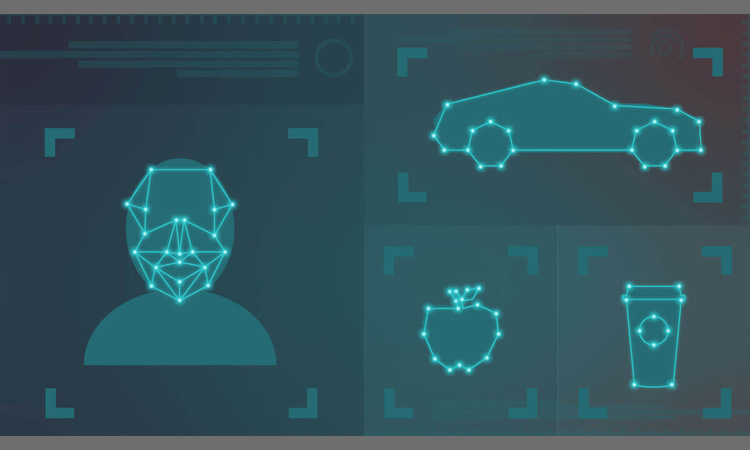
The most obvious difference between image and video recognition is video tracking. ML based computer vision approaches uses cameras to locate objects that move over time. It mainly associates this moving target object with consecutive video frames.
This identification technology is like computer vision – they rely on deep learning. The idea of machine learning is expressed to people by mapping some input to an output. Specifically, we propose an input, and the algorithm will tell us an answer to the output. Among them, artificial neural networks provide answers to our questions.
There is artificial intelligence with superb intelligence in video recognition. In society, video is vital evidence in security investigations and law enforcement situations. There is a lot of valuable data in these videos. With AI video recognition investigation, you can easily get the information you want in the video.
People often refer to it as video content analysis or intelligent video analysis. It is because there are many different tasks involved in video recognition. There is also a reason why people use artificial intelligence for video recognition. It allows you to reduce your investigation time significantly. Your investigation time will be reduced from weeks, or even months, to just a few seconds. It will also help you process these massive amounts of video data, allowing you to get things done sooner.
History of Video Recognition
Video recognition has roots in computer vision, which emerged in the 1960s to allow computers to interpret and understand images. Over the years, advances in artificial intelligence and machine learning have led to the developing of more sophisticated video recognition algorithms. In the early 2000s, ML based computer vision approaches began to gain traction in the security industry with the development of surveillance systems that could analyze video footage in real-time to identify suspicious activity.
How Does Video Recognition Work?
Video recognition combines augmented deep learning (DL) and computer vision (CV) models. It then uses AI to apply both live video streams and recorded video clips to complete the task. The most common ways AI video recognition works are:
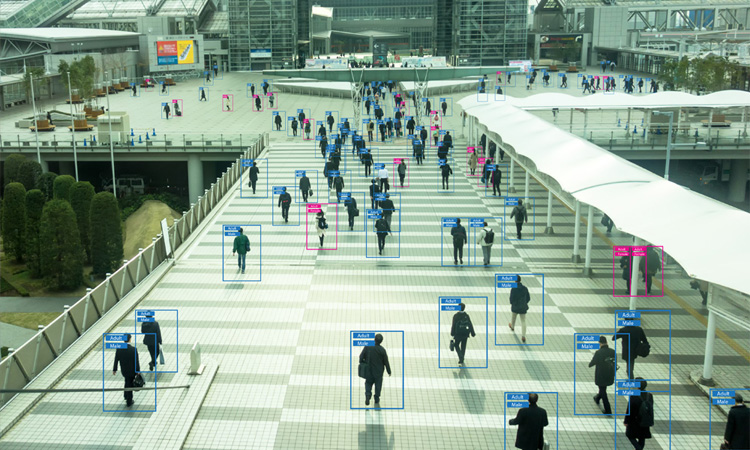
- Image classification: You can use it to select the right category for the video.
- Object detection: It helps you quickly classify and locate objects in the video.
- Positioning: You can use it to locate the target object in the video.
- Object Identification: Target object instance
- Object Tracking: It allows you to track the target object motion trajectory. The motion trajectory of the target object will vary in the video.
What is the Difference Between Video Recognition and Face Recognition?
ML based computer vision approaches focuses on recognizing incoming data frame by frame from many video sources. It will use artificial intelligence to process this video data quickly. You will only need a small amount of time to get the results.
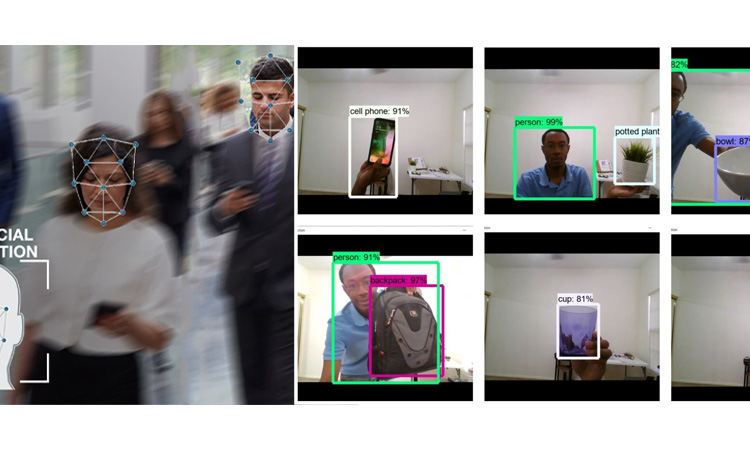
Facial recognition, on the other hand, is a biometric technology that recognizes when a face is present (facial detection). Facial recognition will quickly pinpoint the owner of the face. Facial recognition also uses artificial intelligence. Here, artificial intelligence works by using a computer application. This application helps to capture a digital image of an individual’s face quickly. The application will get the digital image of that target object from the video frame. Then it will compare this digital image with the images stored in the database records. You can then easily find the target object you want to find.
How can I Identify an Object in a Video?
ML based computer vision approaches is a technology that uses computer vision to identify objects in a video and return information about them.
The first step in video recognition is to collect video data. This can be done by either having people annotate the video or collecting it from a camera that captures the scene at one frame per second.
Once you have your video data, you can start analyzing it. There are several ways of doing this:
- Using object detection algorithms to detect objects in an image (e.g., faces, cars, etc.).
- Using semantic segmentation techniques (e.g., using a dictionary) to segment the image into individual objects.
- Looking for patterns in your data set (e.g., if there are more face images than car images in your dataset, then perhaps your algorithm should be focused on identifying faces). Instead of just looking for specific examples of each object type (e.g., car vs. face).
What are Some of the Common Video Recognition Applications in Our Lives?
Video recognition systems exist in several different industries and business processes. We also see it frequently in our lives. Here are some of the more typical video recognition applications.
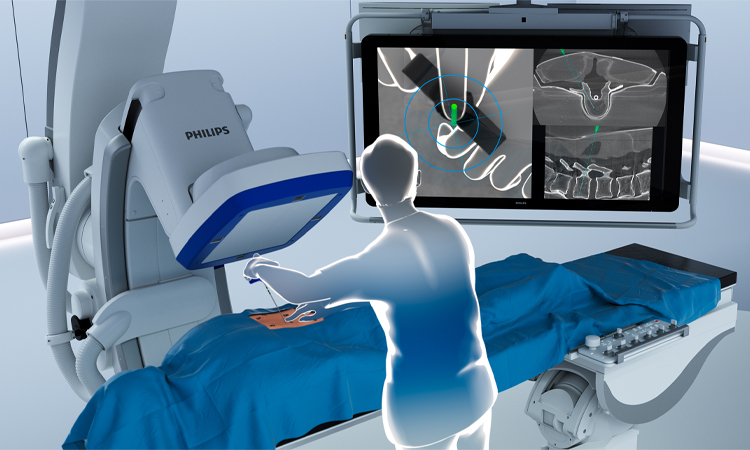
Human Activity Recognition
It is applied to tasks performed by operators in a fixed sequence. It mostly occurs in commercial, industrial, and healthcare scenarios.
- Industrial manufacturing: automated assembly line production and QC of finished goods
- Retail: those with labeled goods sales and shelf inventory, handling of perishable goods
- Logistics and warehousing: handling of pallets of goods in warehouses. Some fragile/valuable goods handling needs attention when transporting.
- Healthcare: Hospitals use them for patient care provider testing. It is especially suitable for those critical trauma cases.
Surgical Equipment Monitoring and Control
Most surgical equipment requires precise control of movement by the medical staff. Doctors are prone to medical errors if they identify those densely packed blood vessels and body organs by the naked eye. This closed-loop process requires powerful recognition and processing technology for video recognition.
- Monitoring the life span of surgical tools: In the operating room allows the medical staff to estimate the tool’s remaining life span. It allows the medical staff to ensure that the tool does not reach end-of-life in the middle of its life.
- Ensuring Best Practices in the Use of Medical Tools: It ensures that doctors follow the rules when they have many diagnostic tools. This rule refers specifically to the recommended order of safe use.
- Get the next best action: Video is used with other available sensor feedback. You can get changes in the evolving state of the assessment of surgical activity. You can get recommendations for actions with a high probability of success score.
6 Best Video Recognition Software
Video Recognition Software (VRS) is an AI-driven software. You can use it in conjunction with digital video surveillance systems. The combination of both helps you identify and detect the presence of threats. The presence of these threats can be relatively single objects such as knives and firearms. They can also be relatively more complex disturbances or crowd movements. VRS helps focus the eyes of that security personnel, allowing them to detect threats more quickly. Next, I will introduce you to 6 of the better video recognition software.
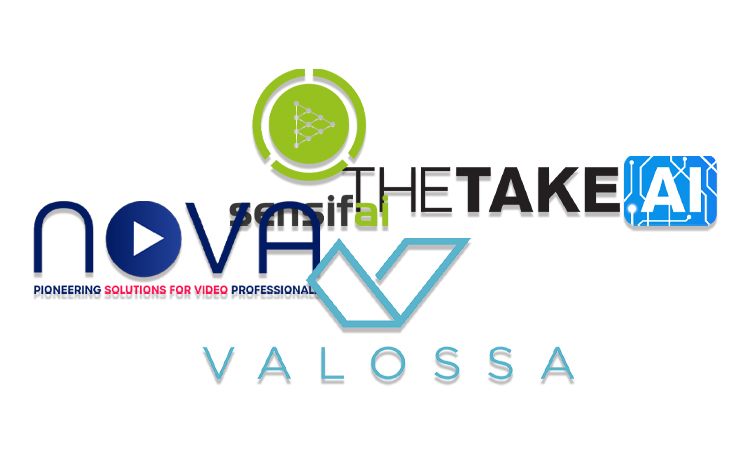
Nova AI
Nova AI helps you mainly by employing various audio and recognition technologies. Using this software, you can classify and process the finest details of your content. It will use computer vision technology to extract and discover every important moment of your life. The software allows you to store the latest discovered metadata through your cloud account. You can also use it to distinguish between human speech and any available voices in your videos. I’m sure Nova AI will be a great helper for you to work with your video data.
Sensifai
Sensifai uses AI tools to recognize images and videos that are played in real-time. It is designed to identify iconic actions, scenes, objects, and celebrities. The software helps you find and flag uncivilized violence and profanity in videos and images. You can use it to mark thousands of actions, objects, and movements in images and videos. You can also use it to identify explosions, fires, and suspicious sounds. It will also automatically add subtitles to these audio and video files. Using it, you can easily search for the audio and video files you want. In particular, you can also use it to track your loved ones alone. It will alert you when your loved ones feel threatened. Sensifai is suitable for a variety of different scenarios.
Object Detection
This software can turn your computer into a powerful video security system. You can track everything that happens at your company or home remotely. It uses artificial intelligence to track and identify target objects in real-time. You can get richer video surveillance content. The software also has a webcam cloud. You can use artificial intelligence-based video surveillance through it. Object Detection is very suitable software for video surveillance clouds. The software automatically uploads the stored video to the specified channel or media software at a specific time.
Cloud Video Intelligence API
The Cloud Video Intelligence API is powered primarily by Google Cloud. It enables many powerful content discoveries and brings people an engaging video experience. The software has accurate video analysis capabilities. It can identify over 20,000 locations, positions, actions, and objects in videos. It helps new media operators extract rich metadata from the video frame level or footage. You can also use AutoML Video Intelligence to assist you in creating your entity tags. It allows you to gain more precise insights with the software’s object-based event triggers and streaming video annotations. It will also help you build great customer experiences with those testimonials and highlight clips.
Valossa
Valossa allows you to reveal the true meaning of the content in your audio and video data. This cognitive AI software benefits those video-based businesses. It can help companies manage and grow their business more securely. You can use it in combination with SaaS service software solutions. The software combines recognition, advanced language reasoning, and multimodal video analysis. It results in understanding the content of video data. You can use it in contextual ad configuration videos. Valossa allows you to achieve an immersive video-on-demand (VOD) and over-the-top (OTT) user experience.
Thetake.ai
Thetake.ai is an artificial intelligence tool that understands video. It uses machine learning to identify people and products in videos automatically. The software is suitable for content creators who support shoppable content. It allows people watching the content to find the products they want more efficiently. It helps companies that want to transform product discovery and content engagement. You may also improve the experience of those who participate by using it.
Limitations of Video Recognition
Despite its numerous applications, ML based computer vision approaches is not without its limitations. One of the main challenges of this technology is the amount of data you must analyze. A single video can contain thousands of frames; analyzing this data can be time-consuming and resource-intensive. Additionally, video recognition algorithms can struggle to accurately identify objects or people in low-quality or poorly lit footage.
Current and Future Developments
The field of video recognition is constantly evolving, with new technologies and techniques being developed to improve accuracy and efficiency. One of the main areas of focus is the development of more advanced machine learning algorithms that can accurately analyze large amounts of data in real time. There is also a push to develop video recognition algorithms that recognize and classify objects or actions in multiple languages and contexts.
Impact on Employment
Video recognition technology has the potential to revolutionize many industries, but it also has the potential to disrupt the workforce. Automation and using artificial intelligence in certain industries may lead to job loss as machines become more adept at completing certain tasks. However, the adoption of video recognition technology may also create new job opportunities in fields related to developing and maintaining this technology.
With the above learning, I am sure you have a preliminary understanding of ML based computer vision approaches. Video recognition helps the machine to understand a large amount of information. It also transforms this information into meaningful and actionable data to be made available to us.
General Q&A About the Video Recognition
-
What is video recognition?
Video recognition is a type of technology that uses artificial intelligence and computer vision to analyze and understand video content.
-
How does video recognition work?
Video recognition uses algorithms to analyze video data, identify objects, people, and actions in the video, and extract relevant information.
-
What are the applications of video recognition?
Video recognition has applications in various industries, including security and surveillance, healthcare, transportation, entertainment, and advertising.
-
How does video recognition differ from image recognition?
Video recognition analyzes multiple frames of a video sequence, while image recognition analyzes a single image. Video recognition also considers temporal information and can track objects or people over time.
-
What types of data can be analyzed using video recognition?
Video recognition can analyze a wide range of data, including human behavior, vehicle traffic, product placement in stores, and animal behavior.
-
Can video recognition be used for real-time analysis?
Yes, video recognition can be used for real-time analysis, allowing immediate response to events or situations.
-
What is the cost of implementing video recognition technology?
The cost of implementing video recognition technology can vary depending on the complexity of the task and the amount of data to be analyzed.
-
How can video recognition be used in marketing and advertising?
Video recognition can be used in marketing and advertising to analyze consumer behavior, track the effectiveness of advertising campaigns, and personalize content based on user preferences.







